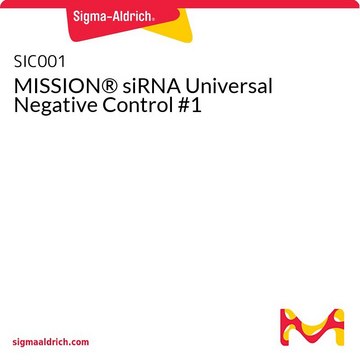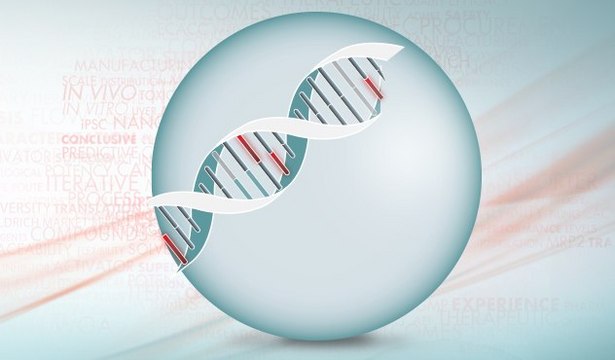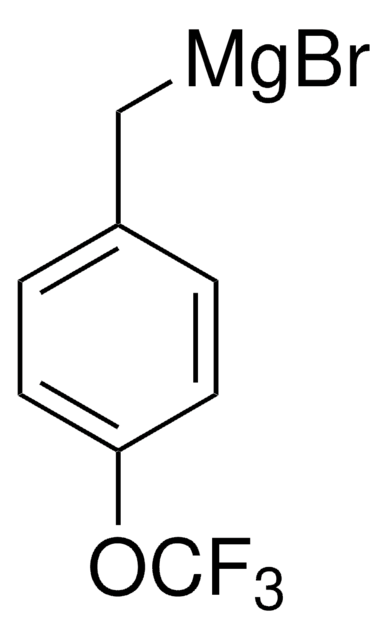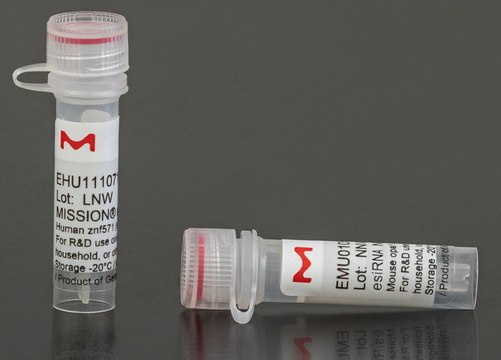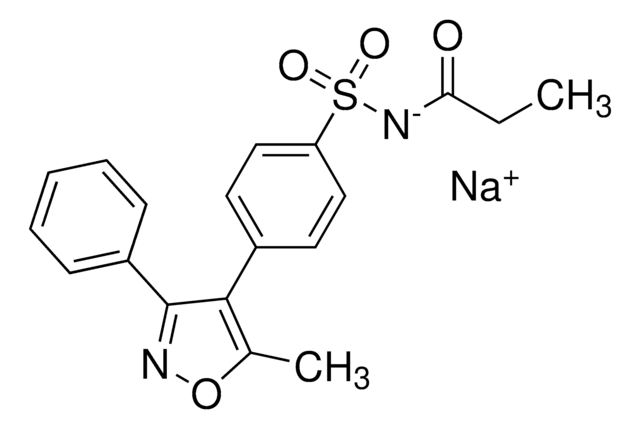P6905
Polythymidylic acid sodium salt
homopolymer
Synonym(s):
Poly(dT)
Sign Into View Organizational & Contract Pricing
Select a Size
Change View
0.05 MG
MYR 371.00
About This Item
Recommended Products
Looking for similar products? Visit Product Comparison Guide
Application
Polythymidylicacid sodium salt has been used as a control to compare with poly(A) in aforce-extension experiment to investigate differences in mechanical properties.[1] Polythymidylic acid (Poly(dT)) may be used to study the characteristics of single-stranded DNA binding proteins.
Biochem/physiol Actions
Polythymidylicacid, also known as poly-deoxythymidine (poly-dT), has various applications inmolecular biology research. One of its most common uses is for mRNApurification, where it is utilized to isolate mRNA from a mixture of RNAmolecules for the preparation of cDNA libraries. In addition, poly-dT can beused as a tool for the detection of microbial contamination in water samples.It can also be used for the purification of mRNA-protein fusion molecules inmRNA Display selections.[2]
Unit Definition
One unit will yield an A260 of 1.0 in 1.0 ml of water (1 cm light path).
Storage Class Code
11 - Combustible Solids
WGK
WGK 3
Flash Point(F)
Not applicable
Flash Point(C)
Not applicable
Personal Protective Equipment
dust mask type N95 (US), Eyeshields, Gloves
Choose from one of the most recent versions:
Already Own This Product?
Find documentation for the products that you have recently purchased in the Document Library.
Richard M Eglen
Proceedings of the Western Pharmacology Society, 48, 31-34 (2006-01-19)
G protein coupled receptors (GPCRs) are an important class of ligand-activated proteins that regulate cellular metabolism. It is now appears that GPCR function is highly dependent upon the cellular environment in which it is expressed. Indeed, the cell phenotype influences
Miles D Thompson et al.
Methods in molecular biology (Clifton, N.J.), 448, 109-137 (2008-03-29)
Genetic variation in G protein-coupled receptors (GPCRs) results in the disruption of GPCR function in a wide variety of human genetic diseases. In vitro strategies have been used to elucidate the molecular pathologies that underlie naturally occurring GPCR mutations. Various
G Milligan
Trends in endocrinology and metabolism: TEM, 9(1), 13-19 (2008-04-15)
Research on the structure, regulation and signalling properties of the family of seven-transmembrane-helix, heterotrimeric guanine nucleotide-binding protein (G-protein)-coupled receptors (GPCRs) continues at a frantic pace. This reflects their central role in transmission of hormone- and neurotransmitter-encoded information across the plasma
R Zufferey et al.
Nature biotechnology, 15(9), 871-875 (1997-11-05)
Retroviral vectors derived from lentiviruses such as HIV-1 are promising tools for human gene therapy because they mediate the in vivo delivery and long-term expression of transgenes in nondividing tissues. We describe an HIV vector system in which the virulence
Sheila A Stewart et al.
RNA (New York, N.Y.), 9(4), 493-501 (2003-03-22)
Genome-wide genetic approaches have proven useful for examining pathways of biological significance in model organisms such as Saccharomyces cerevisiae, Drosophila melanogastor, and Caenorhabditis elegans, but similar techniques have proven difficult to apply to mammalian systems. Although manipulation of the murine
Our team of scientists has experience in all areas of research including Life Science, Material Science, Chemical Synthesis, Chromatography, Analytical and many others.
Contact Technical Service
